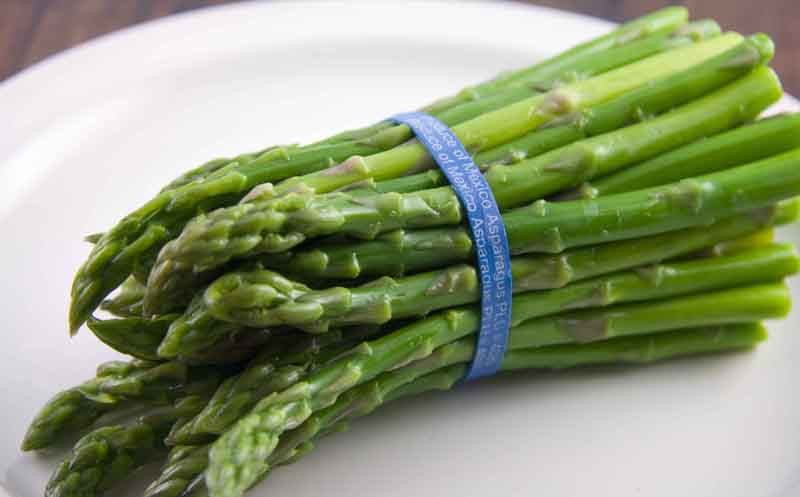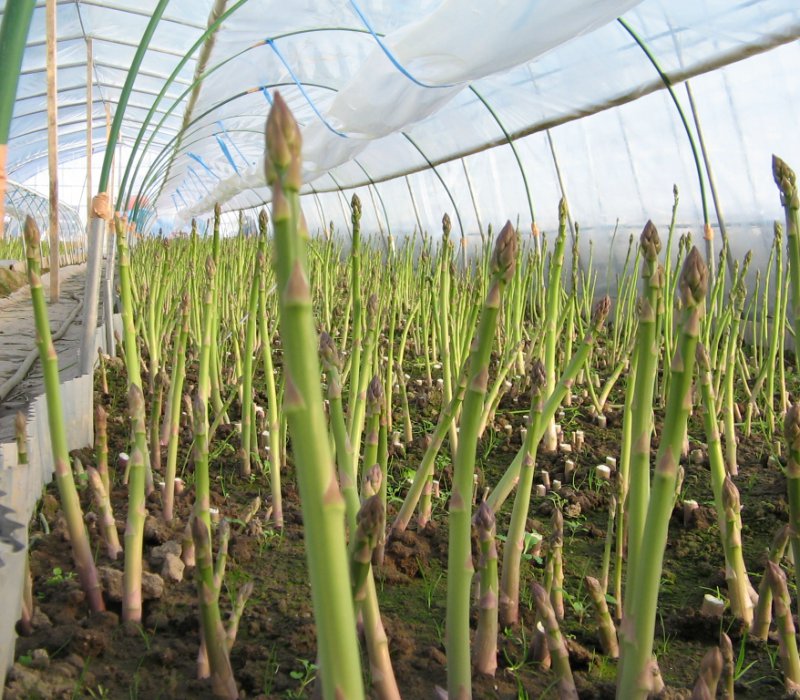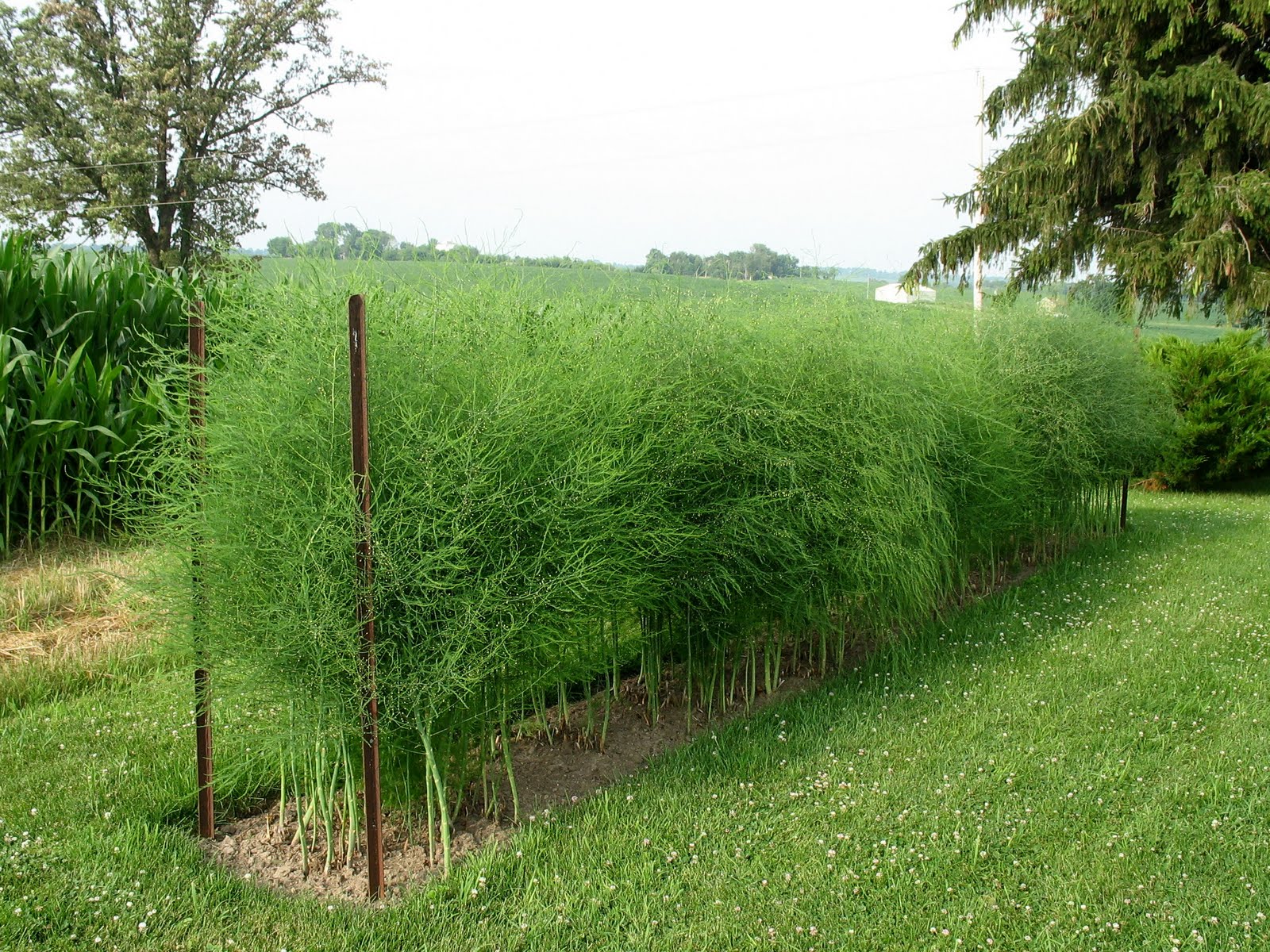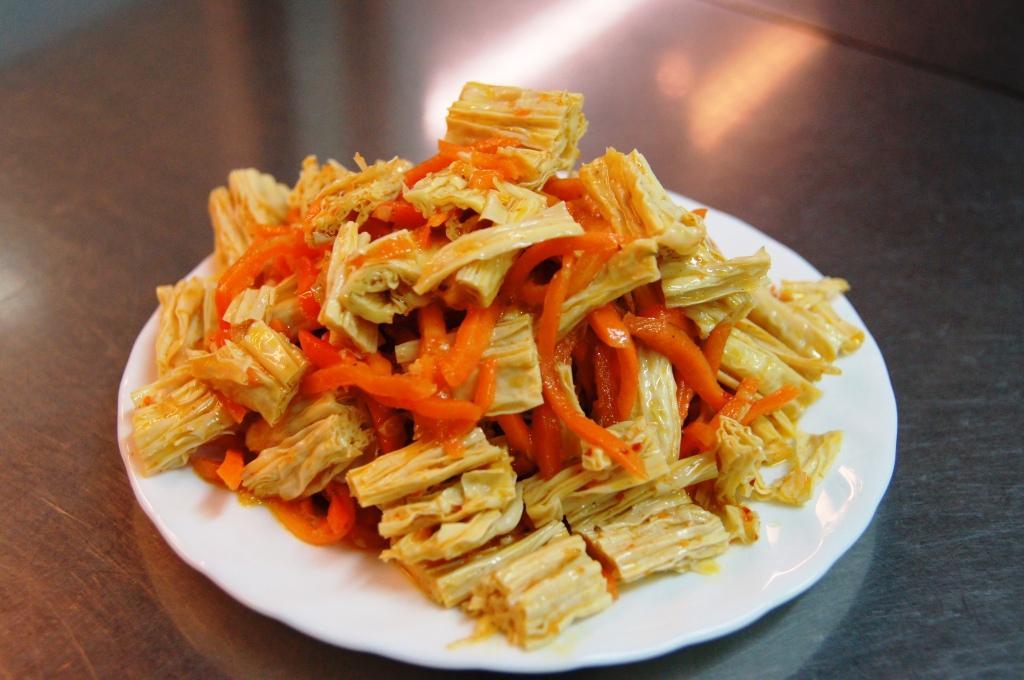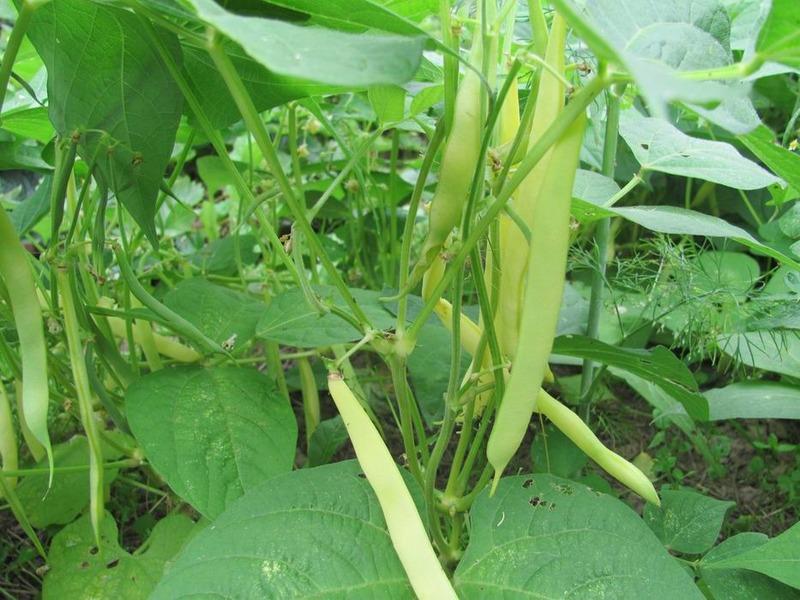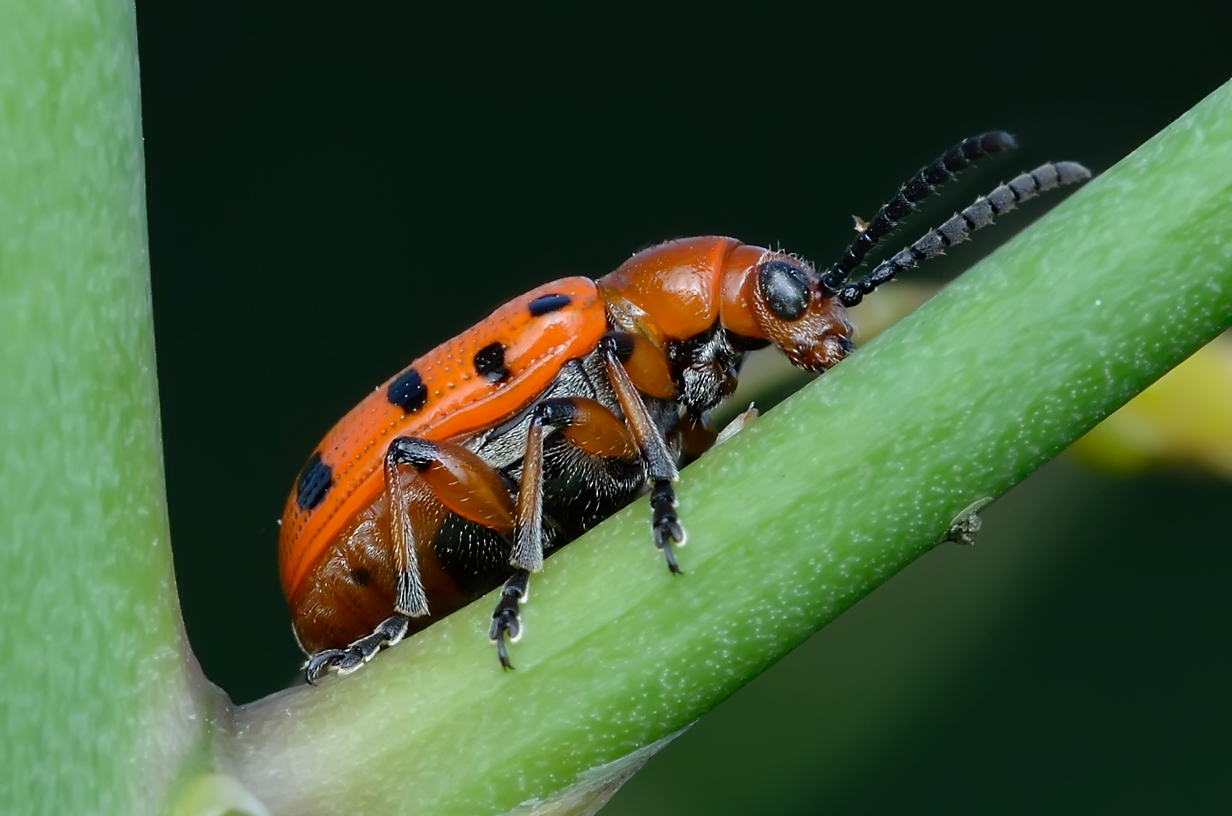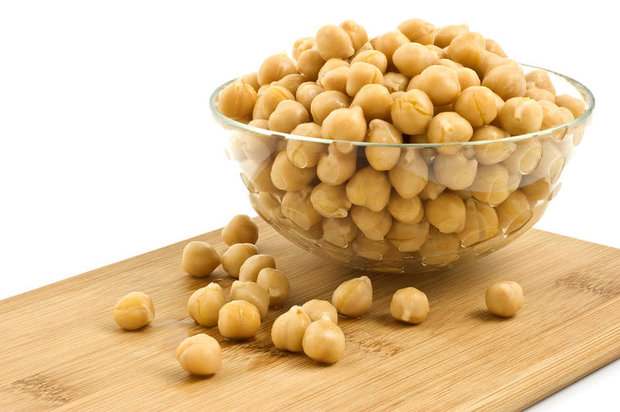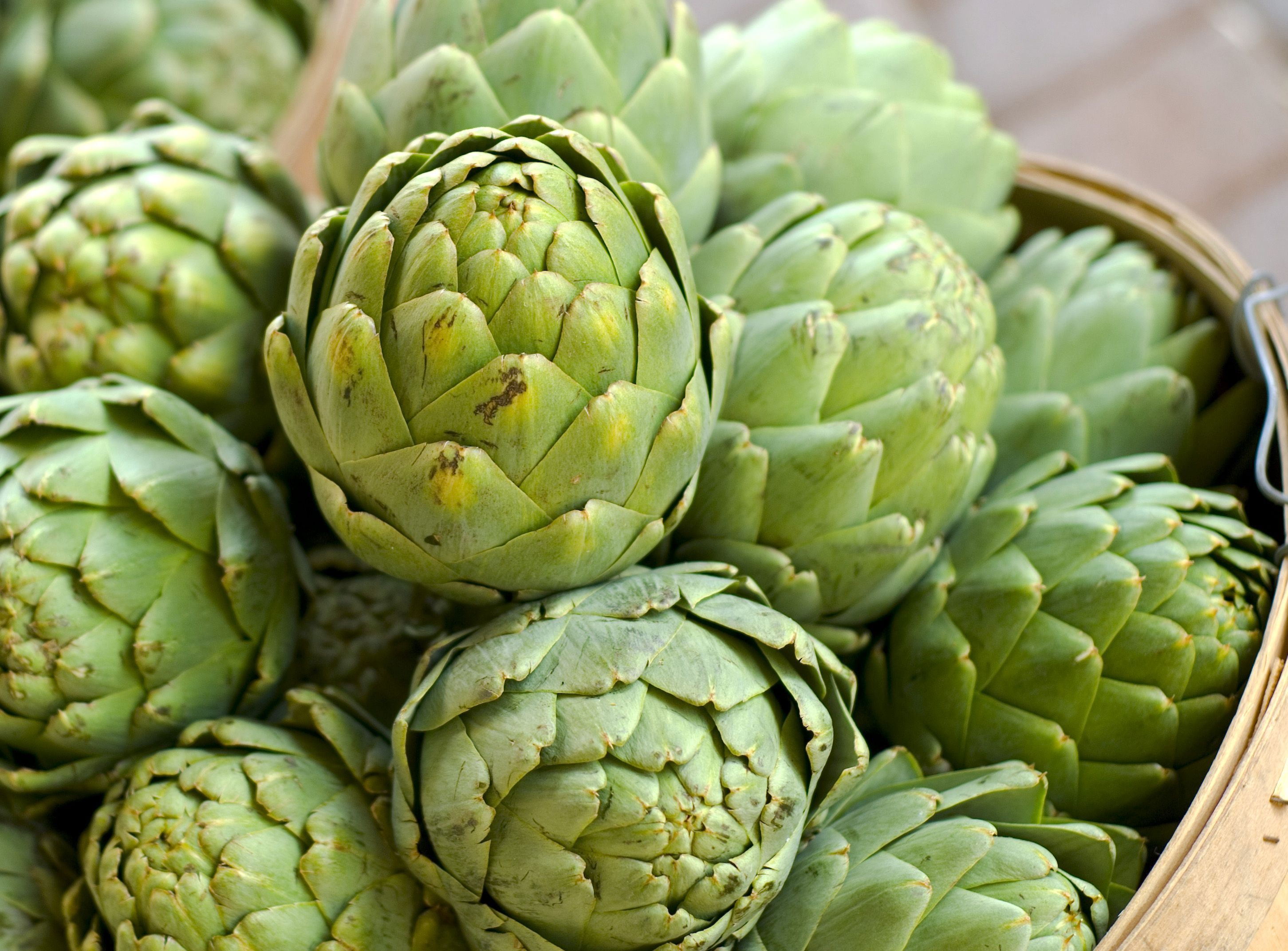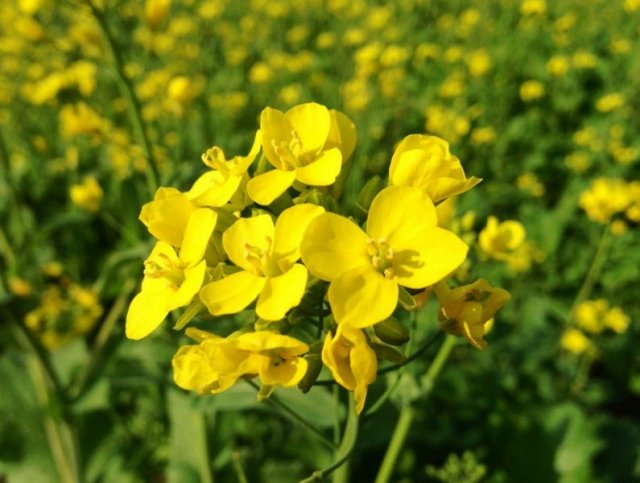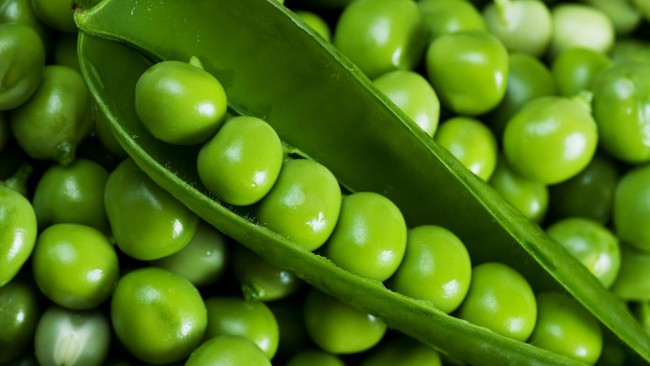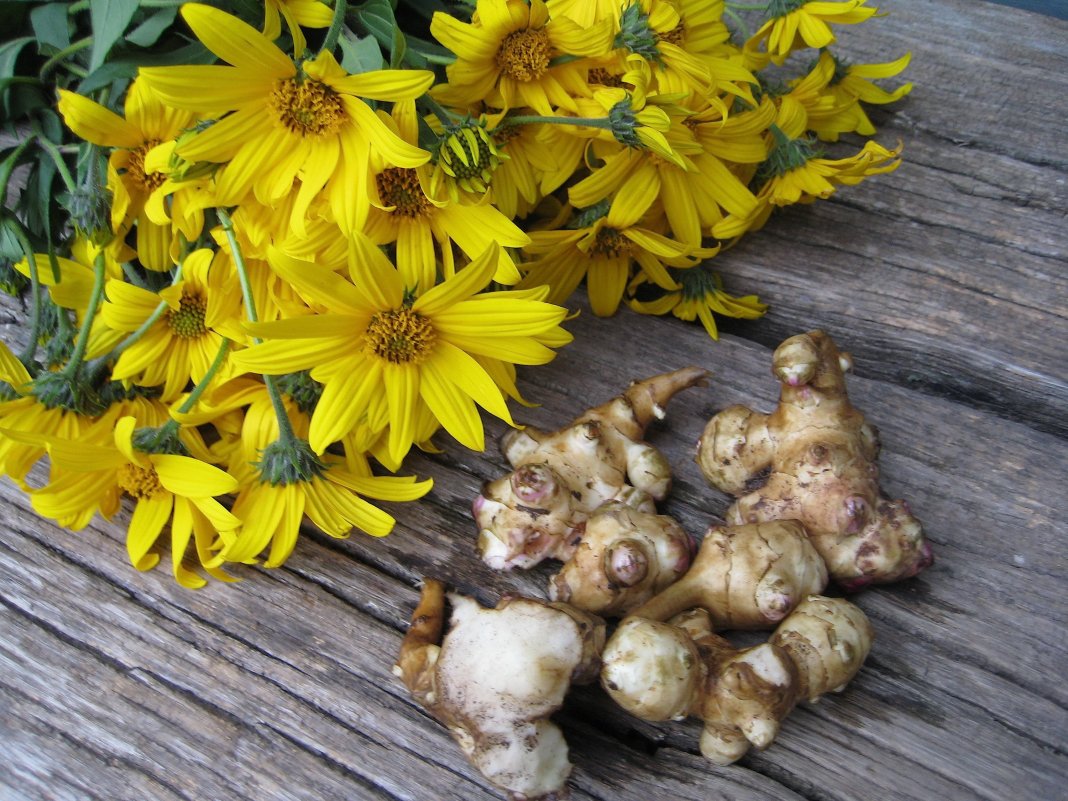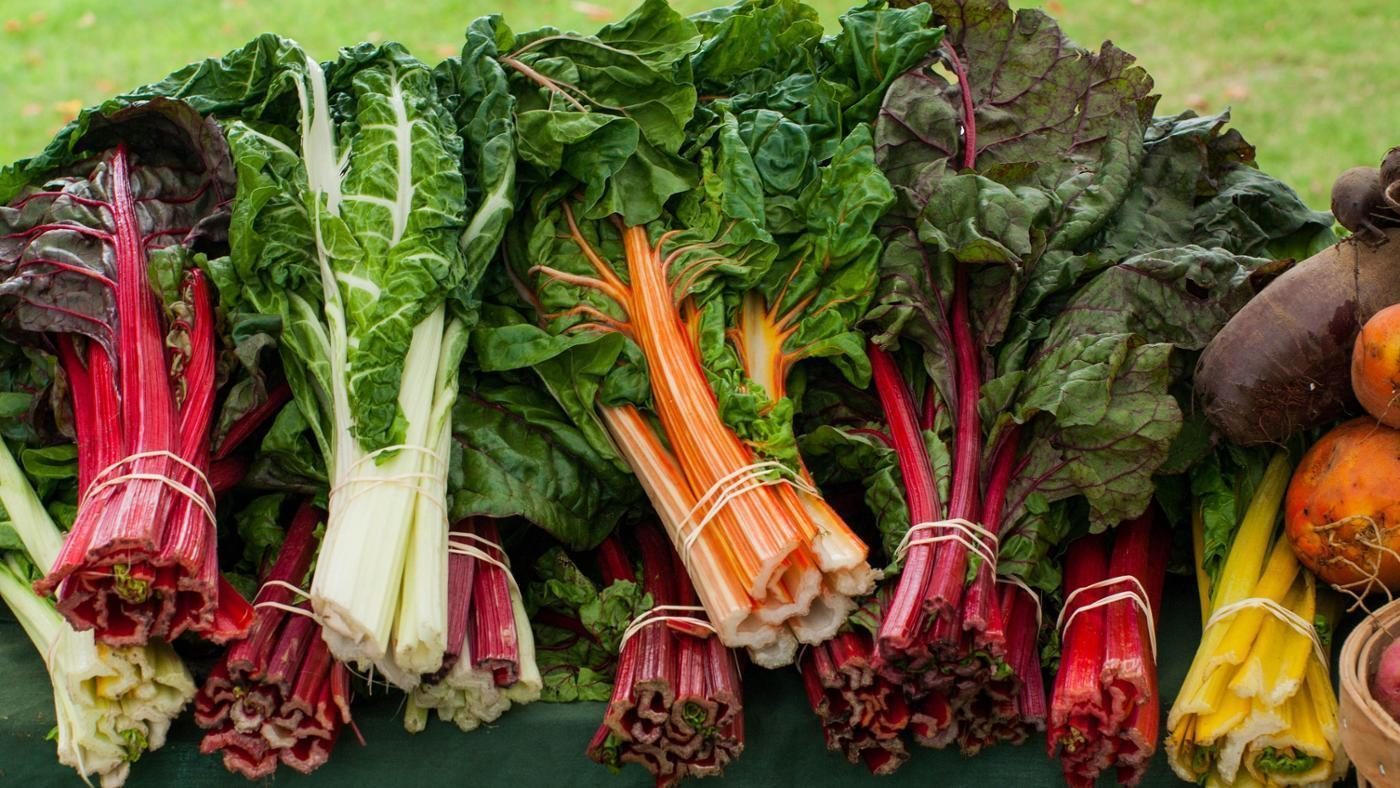Many have heard about the asparagus vegetable, but not everyone knows it. Asparagus, the scientific name Aspáragus, belongs to the family of asparagus plants that are found almost all over the world. Since asparagus grows in Europe, Asia, Africa, it can also be found in Siberia. The most optimal place for growing a plant is in areas with a dry climate.
There are two ways to plant and grow asparagus in your garden bed:
- seeds;
- dividing the rhizome.
In order to get delicious shoots to your table, in the first case, you need to wait at least three years, it will be done like this: in the first year, seeds germinate, and during the other two, the plant takes root. When planting a ready-made rhizome, you need to wait at least two years for the vegetable to take root and begin to develop and bear fruit. This can be done both in spring and in autumn.
Description
The most common plant is Asparagus officinalis. Asparagus plants are of two types:
- herbs;
- shrubs.
In this case, plant sprouts are used for food and are considered a delicacy. Those who are interested in what asparagus looks like should know that it is a plant with well-developed roots and a stem, which has a large number of twigs with leaves in the form of a needle. The flowers of the plant are very small, located in the axils of the leaves. The fruit is a berry in which one or more seeds will grow.
Asparagus is a relative of onions, but there is absolutely nothing in common in their appearance. Moreover, even the taste qualities of these plants are completely different. Judging by the legends, in ancient times people knew what asparagus was and ate it. Nowadays, this vegetable is becoming more and more popular. A plant grows up to one and a half meters high. Moreover, in one place it can grow for twenty years, during the period of development, it forms at least fifty shoots.
This plant is completely unpretentious in care and can withstand temperatures up to -30 degrees. Although in springtime, its shoots can suffer from frost at -5 degrees.
Varieties and types
All about asparagus can be learned by considering all its types and varieties. There are about two hundred varieties of asparagus. But out of all this abundance, only three can be used for food. In the places where asparagus grows in Russia, only eight species can be seen. Wild asparagus grows in meadows and thickets.
In Russia, asparagus is rarely eaten, for this reason it is little cultivated and grown. Each variety differs from each other not only externally, but also in taste. For instance:
- Green asparagus has good taste and a huge nutrient profile;
- White asparagus tastes much better than green asparagus; its shoots are particularly tender. This variety is also used for medicinal purposes;
- Purple asparagus has a bitter taste, but differs in nutrient composition.
The most popular are the following early asparagus varieties:
- Arzhentelskaya - this variety is distinguished by large, juicy shoots, green with a purple tint;
- Early yellow - this variety is used for canning;
- Gainlim is the most productive asparagus variety.
Asparagus, which reaches maturity in April, varies in the following varieties:
- Mary Washington - differs in the fiber of the stem and the purple tint of the heads;
- The snow head has a dense structure, painted white, used for canning;
- Yielding 6 gives a high yield, is characterized by juiciness and tenderness of the pulp;
- Asparagus Royal - its feature in disease resistance.
Of the late asparagus varieties, Slava Brauntweig should be preferred. She has very delicate shoots, which grow in large numbers. It is mainly used for canning.
The decorative types include thin-leaved asparagus. It grows up to a meter in height and, when creating bouquets, gives them grace, makes them complete. In addition, this type of asparagus looks great in its own design. This decorative lush bush looks very beautiful and will become a decoration in the country. Ornamental asparagus can also be used for food, since in fact all types of this plant can be eaten. In fact, there is no difference between garden and ornamental asparagus.
There are several ways to cook asparagus. But in most cases it is prepared in a water bath. In cooking, there is more than one recipe for cooking this amazing vegetable. In addition, it is used for raw salads, which is no less tasty.
Many people call asparagus green beans. But is it right? Asparagus, what kind of plant is it, and how is it different from asparagus beans? We figured out what an asparagus is. Now let's talk about the second plant, which has a consonant name.
When comparing vegetable and asparagus beans, the differences can be found in the structure of the pods. It is precisely those varieties of beans in which the pods do not have fibers that, when cooked unripe, have good taste, they can be safely called asparagus. In most cases, these are hybrid varieties in which the grains are very small and weakly expressed.
There is also such a product as soy asparagus. But, in fact, it has nothing to do with real asparagus, since it is a Chinese semi-finished product. It is made from soy beans, which are ground and boiled. The funju itself is the foam removed from soy milk. It is lifted, hung and allowed to dry. Then they are sent to retail outlets. The recipe for this dish is called Korean asparagus. How it looks can be seen in the picture below.
Culture properties
Asparagus contains a large amount of nutrients for the human body. First of all, these are vitamins of groups A, B, C, E, H, PP. In addition, young shoots of a plant can consist of:
- potassium;
- calcium;
- magnesium;
- zinc;
- gland;
- phosphorus;
- sodium;
- folic acid.
Thanks to these substances, asparagus has a positive effect on the condition of the stomach and intestines, reduces blood pressure and normalizes the heart. In addition, asparagus is recommended for people with kidney problems and can be used as an anti-fungal agent.
Asparagus is also an excellent remedy for gout, edema and nervous disorders. Even in ancient Egypt, this plant was used as an aphrodisiac. Thanks to him, potency in men and libido in women increases. With regular use of asparagus, you can not worry about the condition of your skin and hair.They will always look fresh.
But, despite all the beneficial qualities of asparagus, there are a number of contraindications. This product should not be eaten by people who are allergic to this plant, sick with cystitis, prostatitis and peptic ulcer diseases.
Pests and diseases of asparagus
Asparagus, like every plant, with improper care is subject to diseases, the most dangerous of which is rust. It is formed as a result of colonization of the fungus Puccinia asparagi DC on the plant. The disease has three stages of development. The first stage begins in the spring, when young shoots appear. It is expressed in the form of yellow spots with black dots in the center of the spot. During the summer, the fungus forms urediospores, which later turn into winter spores, called telithospores, thanks to which the harmful fungus survives the winter.
A diseased plant stops developing and loses its taste. At the same time, the next year the yield will be much lower, which can subsequently lead to the complete destruction of asparagus. This disease occurs as a result of an excess of moisture in the soil, nitrogen or potassium deficiency.
Root rot is also dangerous for the growth and development of asparagus. It is caused by the fungus Fusarium and Rhizoctonia violacea Tub. These pests affect the plant as a result of mechanical action on the root system. For this reason, before planting the asparagus in the soil by dividing the roots, in no case should they be pruned.
As a result of the disease of asparagus cercosposis, the leaves of the vegetable suffer from this disease. In this case, the formation of white spots with an admixture of dirt can be observed. In addition, spores of the pathogen fungus are visible.
Asparagus pests include the asparagus fly. This is the most dangerous plant pest. He eats not only young plantings, but also old plants, which are already several years old. Fly larvae eat young shoots, as a result of which they begin to turn yellow and bend, stop growing. Thus, asparagus loses its culinary properties.
The asparagus beetle and the twelve-spotted asparagus beetle are miniature beetles that feed on both leaves, flowers, fruits, and young shoots of the plant. In this case, both adult insects and their larvae pose a danger.
No way to control these pests has yet been found, although chlorophos can be used prophylactically. Therefore, you can only hope that they will bypass your garden, and asparagus will delight you for many years. Only a healthy plant will flower and bear fruit.
